- Joined
- Mar 2, 2013
- Messages
- 6,328
Lol I was thinking the exact same thing!
I can’t enjoy a meal with a plate full of what looks like bloody steak juice ... I just can’t.
My family likes to mess with me too, and make ‘moooooo’ noises when we have steak ... heathens!

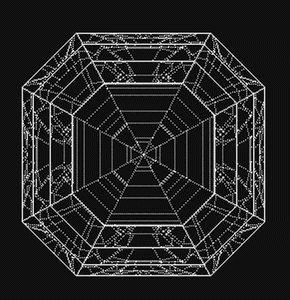
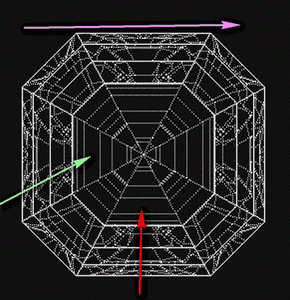
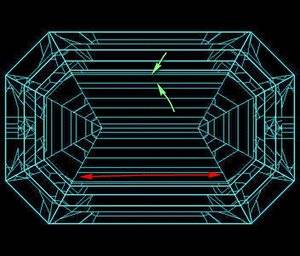
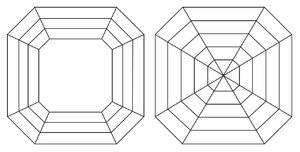
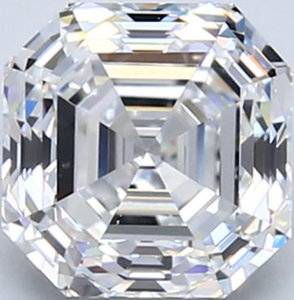


300x240.png)